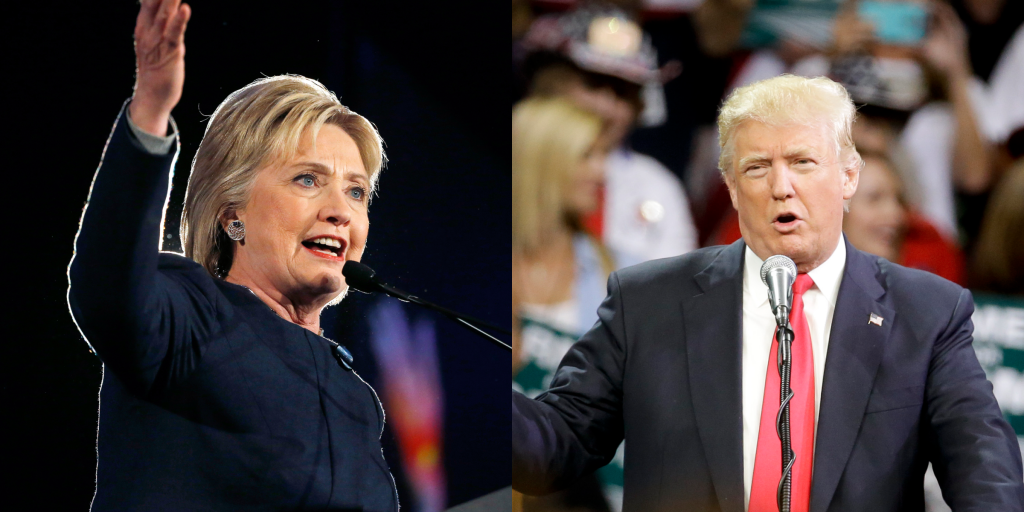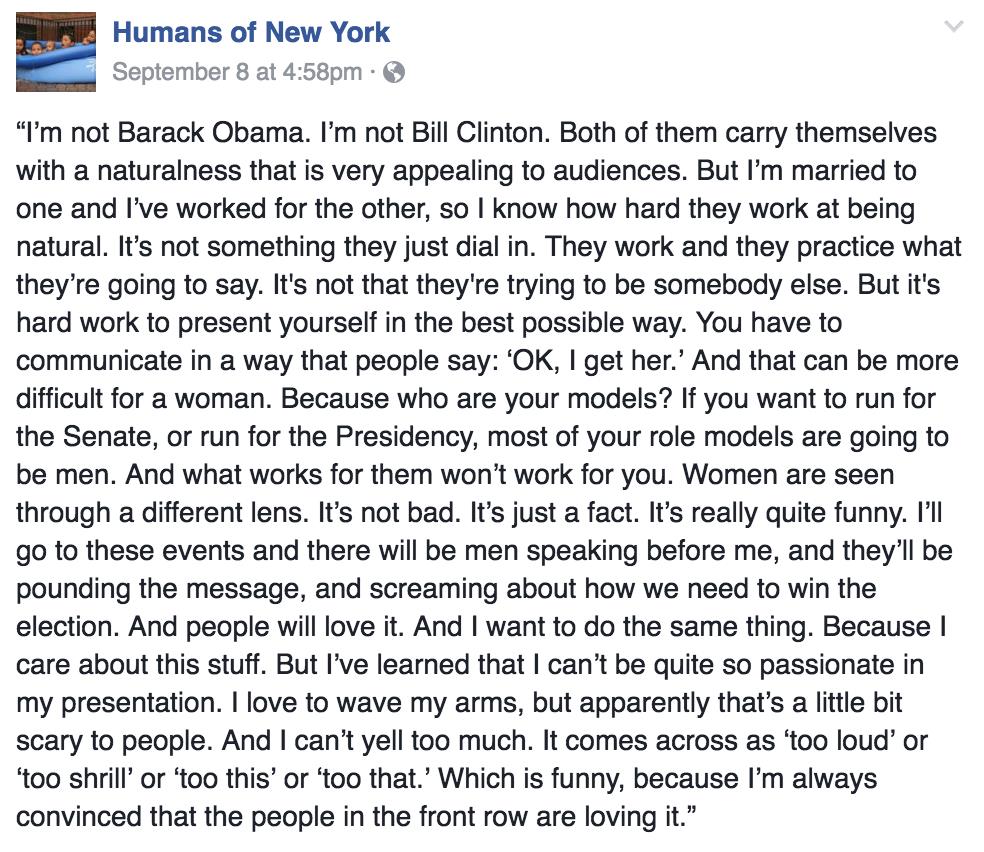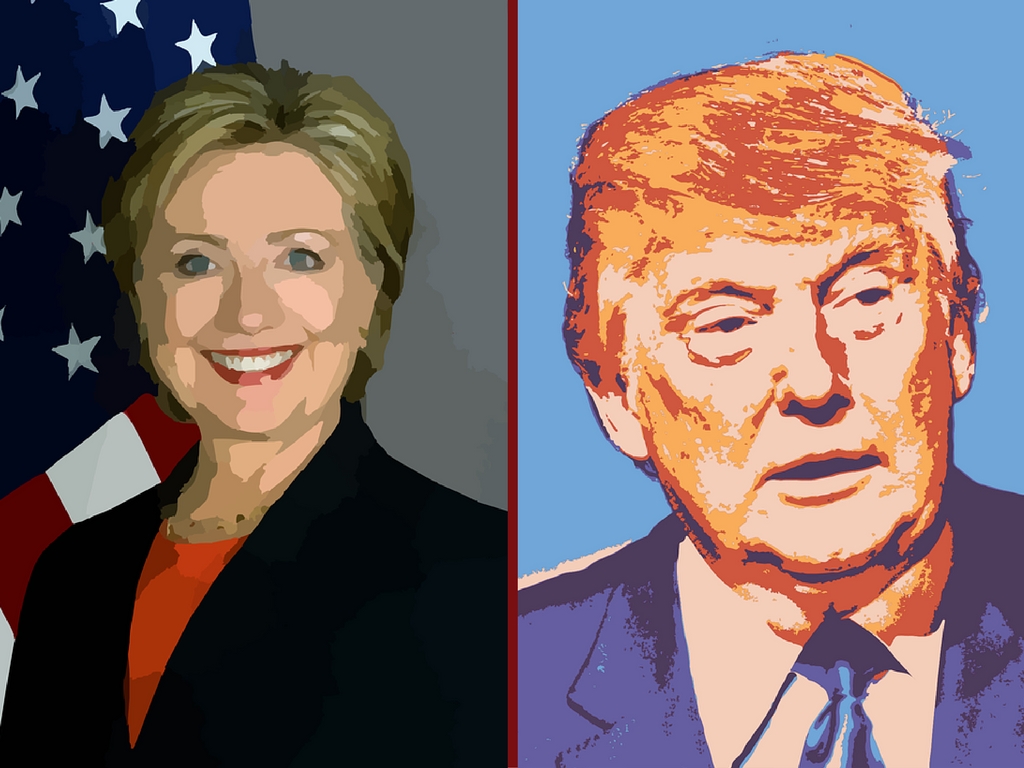There is something magically corrupt about the influence of power on us. Sometimes, humanity looks more like a pile of magnets pulled into different directions and then swallowed whole by the side they “chose.” It’s in our nature to side with those who have influenced us, yet we seldom assess how they did. We find ourselves compelled and convinced before even dissecting their delivery.
There is a force behind every triumphant politician, behind both the malicious tyrants and the hopeful handshakers; rhetoric. It’s the link between JFK and FDR. It’s what Martin Luther King Jr’s “I Have a Dream” speech and Joseph Stalin’s speech at the Red Army Parade have in common.
It’s a matter of presentation, demeanor, carefully crafted word choice, charm and tact. Multiple elements play a role, from the movement of a hand to the biting of a lip; every move, every word, every facial expression is on display and is likely to have an indirect, unnoticed effect on how we interpret a candidate’s speech.
Rhetorical theory has been an integral part in understanding political discourse since the ancient scholar Aristotle researched it. His rhetorical triangle defines three major elements that play a role in public speaking. “Ethos” is the part of rhetoric that shows credibility or trust of the speaker. The speaker’s appeal to emotions and the imagination is classified as “pathos.” The consistency or logic of the speech to the audience is known as “logos.” Politicians’ ability to master these constructs of rhetoric is what allows them to turn ordinary diplomacy into an art form.

Photo by Brennan Linsley and Chris Carlson / AP Photo from Business Insider
The Fighting Ring: Evaluating the Rhetoric of Both Candidates
Anti-intellectual rhetoric has replaced the more poetic, allusionary speech of presidents like Lincoln. Candidates understand that in this fast paced society, nobody has the capacity to listen to an eloquent arrangement of discourse that resembles an Edgar Allen Poe poem.
The rhetoric of the current presidential election has been dancing on a very thin line between obnoxious and brilliant. This year’s “survival of the fittest” mentality has been brought up by multiple media outlets discussing the prevalence of direct verbal attacks among the candidates.
It’s like at some point, each sophisticated suit and subtle wave became the disguise over a cheap graphic tee and middle finger gesture. There is nothing wrong with this transformation; when everyone is fighting in the same ring and one contender throws a nasty punch, you have no choice but to react with a harder one.
Enter the thrower of the nasty punch, Republican candidate Donald Trump. Somehow, despite the countless amounts of criticism on his statements, Trump has mastered the art of rhetoric.
His choice to abandon a filter and never hesitate to burst out a thought, no matter how derogatory it may be, has given him a strong ethos. People might not agree with him, but this doesn’t mean they won’t listen to him.
A level of national certainty in his speech reflects a change in presidential rhetoric; in the past few decades, presidents have become more confident and as a result, less humble. Trump also understands how to work his pathos.
What he lacks in sensitivity and compassion, he makes up for with imagination and zeal. By constantly using hyperbole in his speeches, Trump can make extreme and absurd statements appealing. He even acknowledges his use of the figurative language, referring to it as “truthful hyperbole.”
Enter the other contender, Democratic candidate Hillary Clinton. Hillary, like many career politicians, understands the potency of rhetoric in the recipe for political power. She has built an image for herself and given herself a persona that encompasses ethos, pathos, and logos.
However, her image is now commonly perceived as flawed which has created a struggle in her rhetorical approach. Clinton maintains solid pathos and logos, but must work to rebuild ethos, or trust, after her scandal.
Clinton effectively uses gestures to express her emotional side instead of using words. She uses a particular gesture, placing her hand on her heart, most commonly in rallies and speeches.
This gesture is famous for expressing sincerity and gratitude, further adding to her pathos. Being the democratic candidate, Clinton must pay attention to the persona that party desires, typically one exemplifying charisma and youth.
She often utilizes a democratic style of rhetoric which has become more popular in the past few decades. Hillary’s speeches are filled with words and phrases that represent a sense of community and a collective voice.
The Role of Gender in a Candidate’s Rhetorical Approach
Clinton was recently featured on photojournalist Brandon Stanton’s Facebook page Humans of New York discussing how people do not expect the same public speaking tactics from women as they do from men.
She added that it is not wrong or bothersome, but rather, a reality that she must consider when speaking in front of a crowd.

Most rhetorical studies and evaluations have dealt with male speakers. And it does not take an Aristotle to realize that gender is a factor in the way an audience responds to a speech.
By accepting this fact, Clinton can be the pioneer of her own rhetoric and set the standard for future women in public speaking.
According to a study by Lindsay R. Lamer at University of Pennsylvania, historically, masculine language has been considered conducive to politics while feminine language has been considered too passive. But after the 1920’s, experts began to realize the function of more feminine rhetoric in politics.
Females tend to use relative speech as opposed to absolute speech. They also are known to use hedges, phrases like “I believe,” or “I feel like.” These are patterns that a women would need to be aware of and possibly abandon in her pursuit of political power.
But not all feminine communication styles are negative. Women normally have a more personal tone, give more personal anecdotes, and are more empowering to the audience. This can be used to an advantage for a female politician, especially in the American system that prides itself on representative government. The word “we” is practically at the epicenter of democracy.
Barbara Jordan’s 1976 Democratic National Convention keynote speech exemplifies how a woman can maintain strength, poise, and intellect while sprinkling just enough feminine sincerity on top. Her demeanor created a standard for women that proved being feminine does not have to translate to being delicate and that it is acceptable to be unapologetically vocal without a constant smile on your face.
****
We know that sincerity holds more value than well-decorated phrases and carefully adjusted presentation; however, we fall into the traps of rhetoric more often than not. Perhaps, it’s a natural human tendency to be either attracted or repelled based solely on the “how” rather than the “what.”
Or perhaps, our quickness to accept anything that is presented skillfully enough to appeal to us indicates a level of negligence that can be dangerous. Too much of the politically active population is satisfied taking everything for face value.
We must challenge ourselves to question everything, to analyze before we believe. There is no progress if everyone hears only what they are listening for and sees only what they are looking for. Rhetoric is an impressive tool that has been linked to both the success and downfall of American presidents in the past.
However, as Theodore Roosevelt reminds us, “Rhetoric is a poor substitute for action, and we have trusted only to rhetoric. If we are really to be a great nation, we must not merely talk; we must act big.”
By: Yasmeen Waliaga

